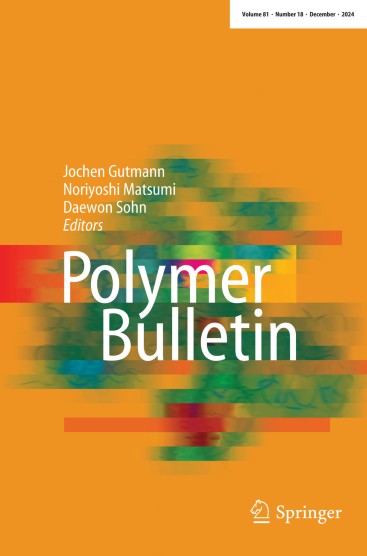Synergistic effects of glycerol plasticization on the structural, electrical and electrochemical characteristics of MC:NaNO3 solid polymer electrolytes
Abstract
Polymer electrolytes have emerged as vital materials in electrochemical applications, including batteries and fuel cells, due to their ionic conductivity, flexibility, and environmental compatibility. However, their limited ionic conductivity compared to liquid electrolytes remains a significant challenge. This study investigates the effect of glycerol as a plasticizer on the ionic conductivity and structural properties of methyl cellulose (MC)-based polymer electrolytes doped with sodium nitrate (NaNO3). Polymer electrolyte films were prepared by solution casting, incorporating varying glycerol concentrations (0–36 wt%). Electrochemical impedance spectroscopy (EIS), X-ray diffraction (XRD), and Fourier-transform infrared spectroscopy (FTIR) were employed to characterize the samples. The addition of glycerol significantly enhanced ionic conductivity, increasing from 1.15 × 10–5 S/cm for the glycerol-free sample to 3.54 × 10–4 S/cm for the sample with 36 wt% glycerol. This improvement is attributed to the plasticizing effect of glycerol, which reduced crystallinity and increased the amorphous content of the polymer matrix, as confirmed by XRD analysis. FTIR revealed that glycerol facilitated hydrogen bonding, enhancing ion solvation and mobility. Dielectric studies further supported the role of glycerol in improving ion transport, with higher dielectric constants and reduced relaxation times observed for samples with increased glycerol content. These findings highlight glycerol’s critical role in improving the ionic conductivity of MC-NaNO3 polymer electrolytes by reducing intermolecular forces and enhancing polymer flexibility. This study demonstrates the potential of plasticized MC-based electrolytes as efficient and sustainable materials for electrochemical applications, paving the way for further optimization in green energy technologies.

 求助内容:
求助内容: 应助结果提醒方式:
应助结果提醒方式:


